Aquaculture to become major protein source
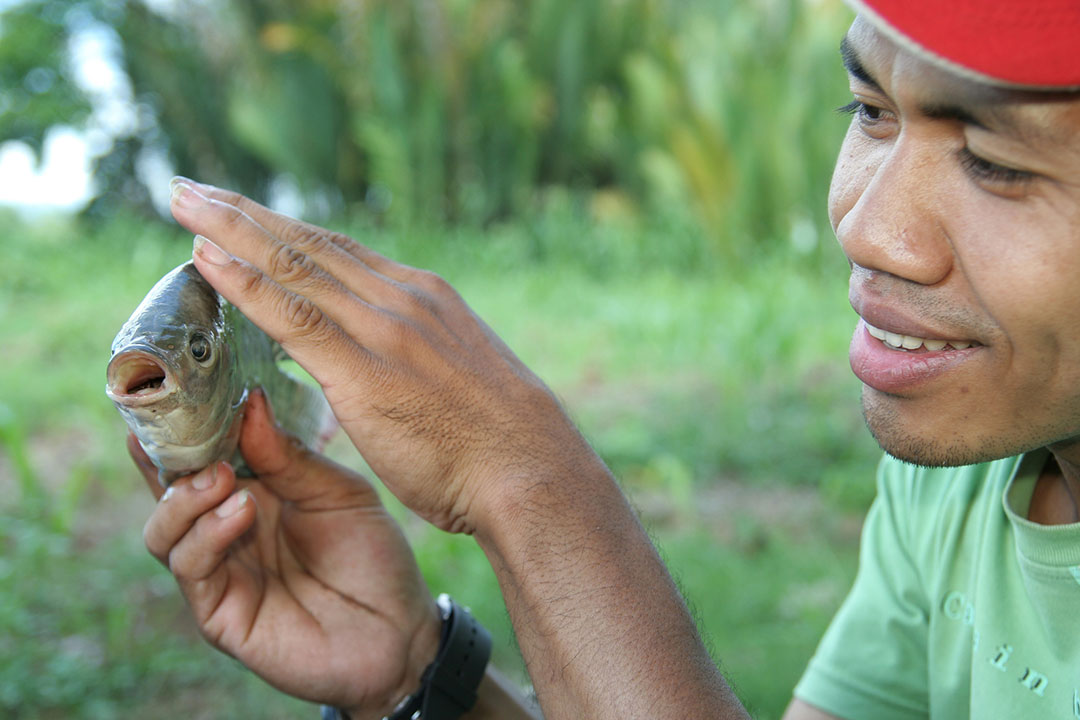
Growing at a rate of 6% per year the aquaculture industry is preparing itself to be a major source of protein for an anticipated world population of nine billion people in the near future.
Delegates attending the recent OIE Global Conference on Aquatic Animal Health, held in Santiago, Chile, heard how the industry has opportunities but also challenges. During the 3-day event, participants had the unique opportunity to discuss improved approaches to emerging disease response, best biosecurity practices, strategies to reduce the use of antimicrobial agents, and the importance of implementing the OIE international Standards. The event highlighted the multiple opportunities for continued growth that the aquaculture sector has available to it and the need for collaboration between decision-makers, aquatic animal health professionals, and other partners for assuring its safe and sustainable development.
Aquaculture to feed the world
Jose Ramon Valente, Chilean Minister of Economy, Development and Tourism, said: “The world has a big challenge forward in terms of animal proteins. The 7 billion people that we are today, and that will become nine billion by 2050, have a tremendously increased demand for calories and, especially, for proteins. This conference will help us to understand what the conditions are that must exist in the world to encourage food production in a way that is compatible with the environment and the sanitary standards.”
In 2014, the aquaculture industry achieved the remarkable milestone of surpassing fisheries production. Projected seafood demand is strong due to the rising middle class and new dietary recommendations, but aquatic animal diseases threaten to limit its production and growth.
Innovation in management practices needed
Dr Mark Schipp, president of the OIE world assembly of delegates, said: “Unfortunately, the rise of aquatic animal production, particularly through intensification of aquaculture and trade presents serious challenges. “These include increased local, regional and global exposure to the risk of disease emergence and spread. Protecting our valuable aquaculture and fisheries commodities, and the environment that supports them, requires rapid advancement and implementation of management practices to combat this risk. The transnational spread of aquatic animal diseases is a serious issue that has devastated aquatic animal production in many countries, and the OIE standards aim to reduce these risks substantially,” he said. In order to be able to feed the world tomorrow, the aquaculture sector also needs to face and overcome significant day-to-day challenges. “Our sustainability journey is just beginning,” said George Chamberlain from Global Aquaculture Alliance. When you look at climate change, social issues, plastics in the oceans, antimicrobial resistance, feed ingredients, there is a tremendous amount of work to be done. Collaboration among us is the key going forward.”
Join 26,000+ subscribers
Subscribe to our newsletter to stay updated about all the need-to-know content in the feed sector, three times a week. Beheer
Beheer

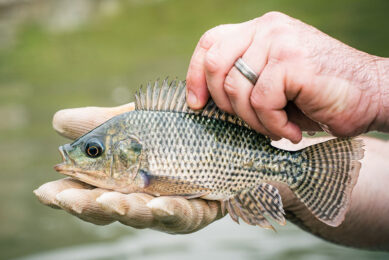
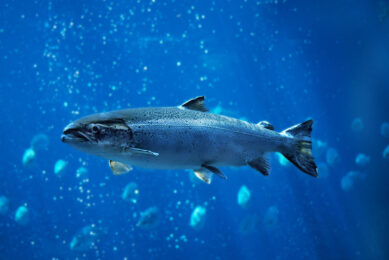
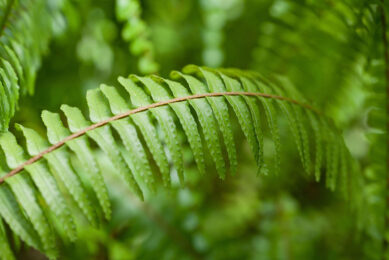
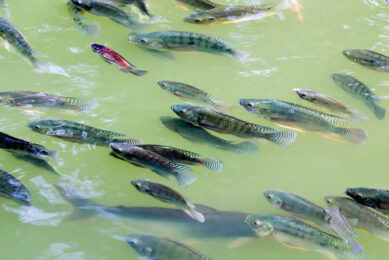




 WP Admin
WP Admin  Bewerk bericht
Bewerk bericht